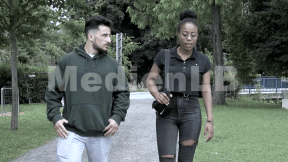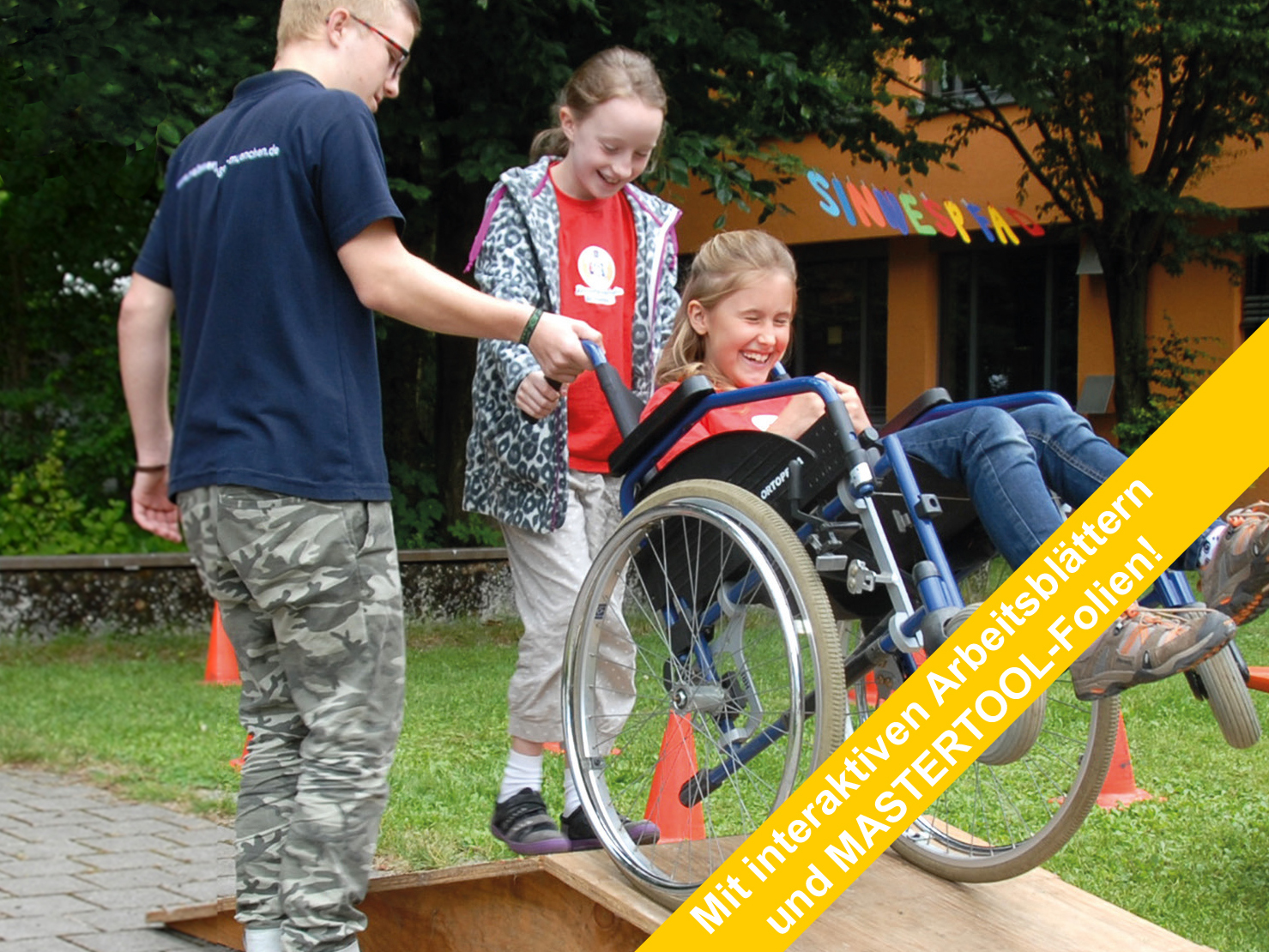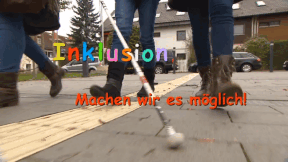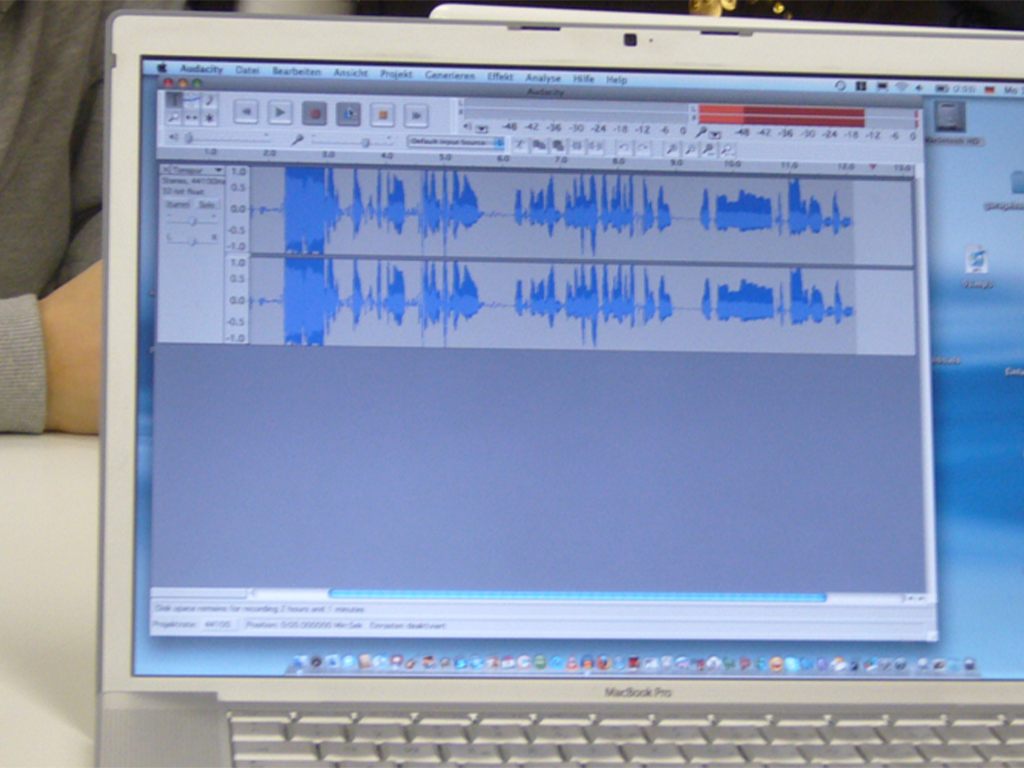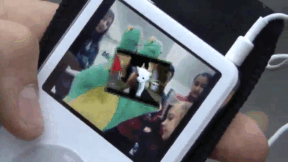 History
History
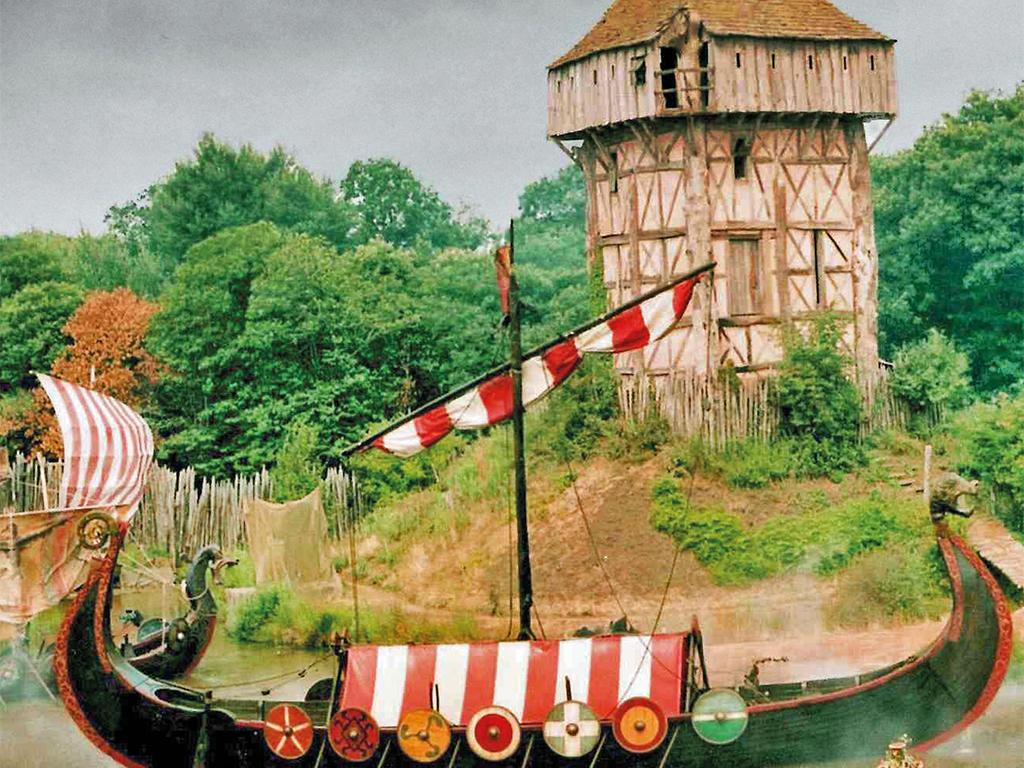

4677119 / 5564408
Vikings
Seafarers, Traders, Warriors
The Vikings –
did not only raid monasteries mainly in England and Ireland, but pillaged and looted also along the coasts and rivers of Europe.
As traders they opened up Russia’s vast expanses, settled the North Atlantic islands, advanced as far as Greenland and presumably were the first Europeans in North America.
The seafarers and warriors originating mainly from Scandinavia spread out more and more from the north of Europe, conquering existing places or founding new settlements.
They were brutal pirates, became warriors, conquerors, discoverers, daring merchants and founders of states. They became rich due to their conquests, trade and crafts, still they supposedly disappeared almost as abruptly as they had made their appearance.
Their heyday was relatively short-lived in world history, only from the 8th to the 11th centuries. The age of the Vikings lasted not even 300 years.
For the people they attacked they were heathen barbarians. Their raids trigged a chain of events that changed the world and fascinate us still today.

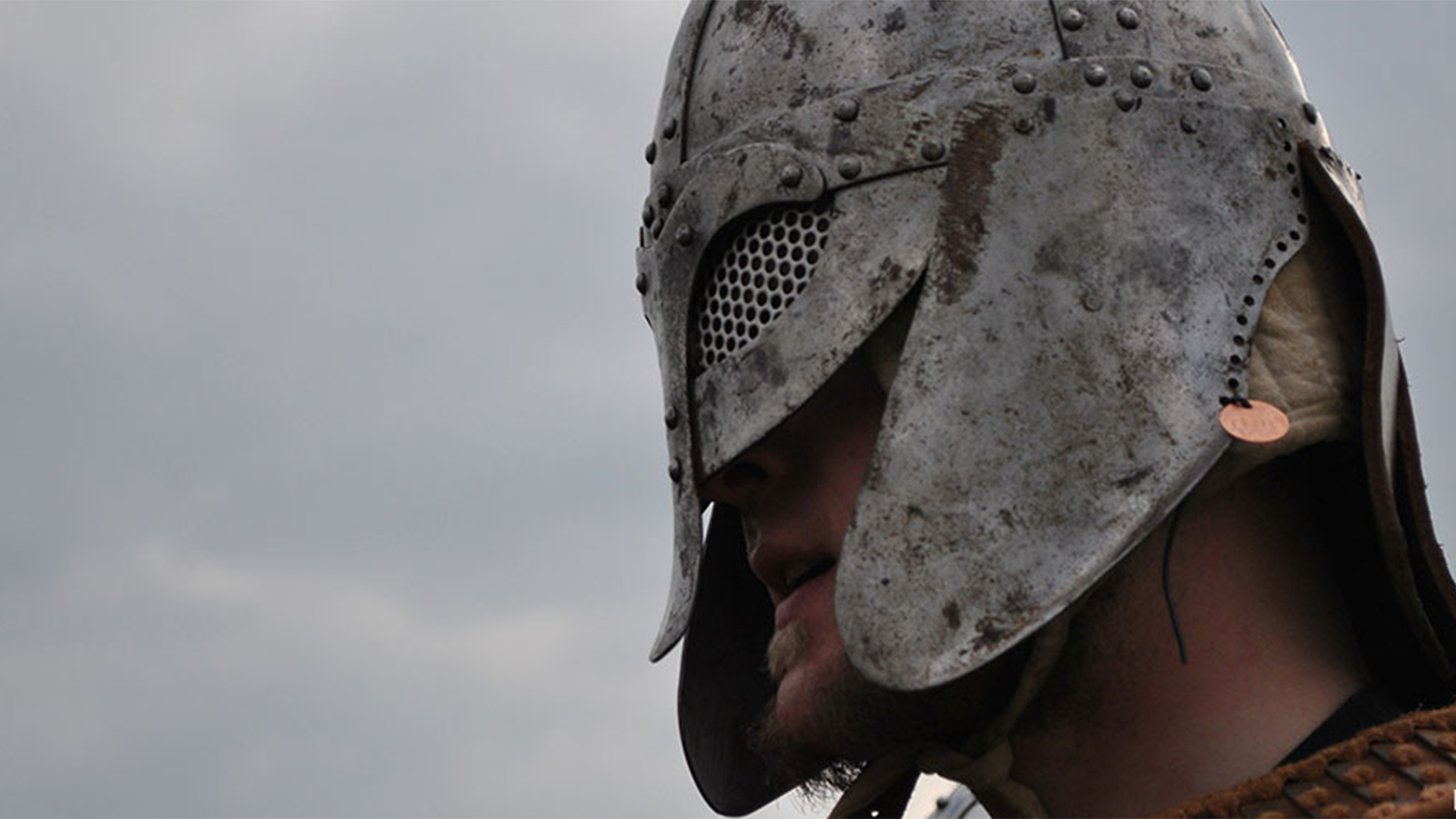
Curriculum-centred and oriented towards educational standards
Matching
Inclusion
Madita is eleven and blind. She does not want to go to a special school but to a regular grammar school. She says she feels "normal" there. Jonathan is eight and has a walking disability. He likes going to the school where he lives. Here, his best friend sits next to him. Max Dimpflmeier, a teacher who is severely deaf, explains that school life is not easy. Quote Max Dimpflmeier: "You don't want to attract attention, you want to avoid saying that it is necessary for you that 70 people adjust to your situation." People on their way to inclusion.
Podcasting
Today, the use of new media has become a matter of course not only in everyday life – schools and teaching, too, benefit from the new technologies and methods, which support active and independent learning. Especially in computer science, ethics and language courses but also in all other subjects, modern media are a valuable pedagogic and didactic asset. This DVD uses the example of podcasts to demonstrate how the possibilities opened up by new media can be applied in the classroom and how the pupils can be taught to handle them in a competent and target-oriented manner. The film is aimed at supporting the use of podcasts at school and encourages making them. This also requires the ability to find information on the Internet and assess it. The film informs on the functionality of podcasts and technical background as well as on the teaching and learning possibilities offered by podcasts – ranging from specific contents to superordinate learning targets such as the advancement of creativity and team spirit. The DVD is a useful support for teachers applying new media and wishing to show their pupils how to handle Running Time: 20:29 ms them in a sensible way.





